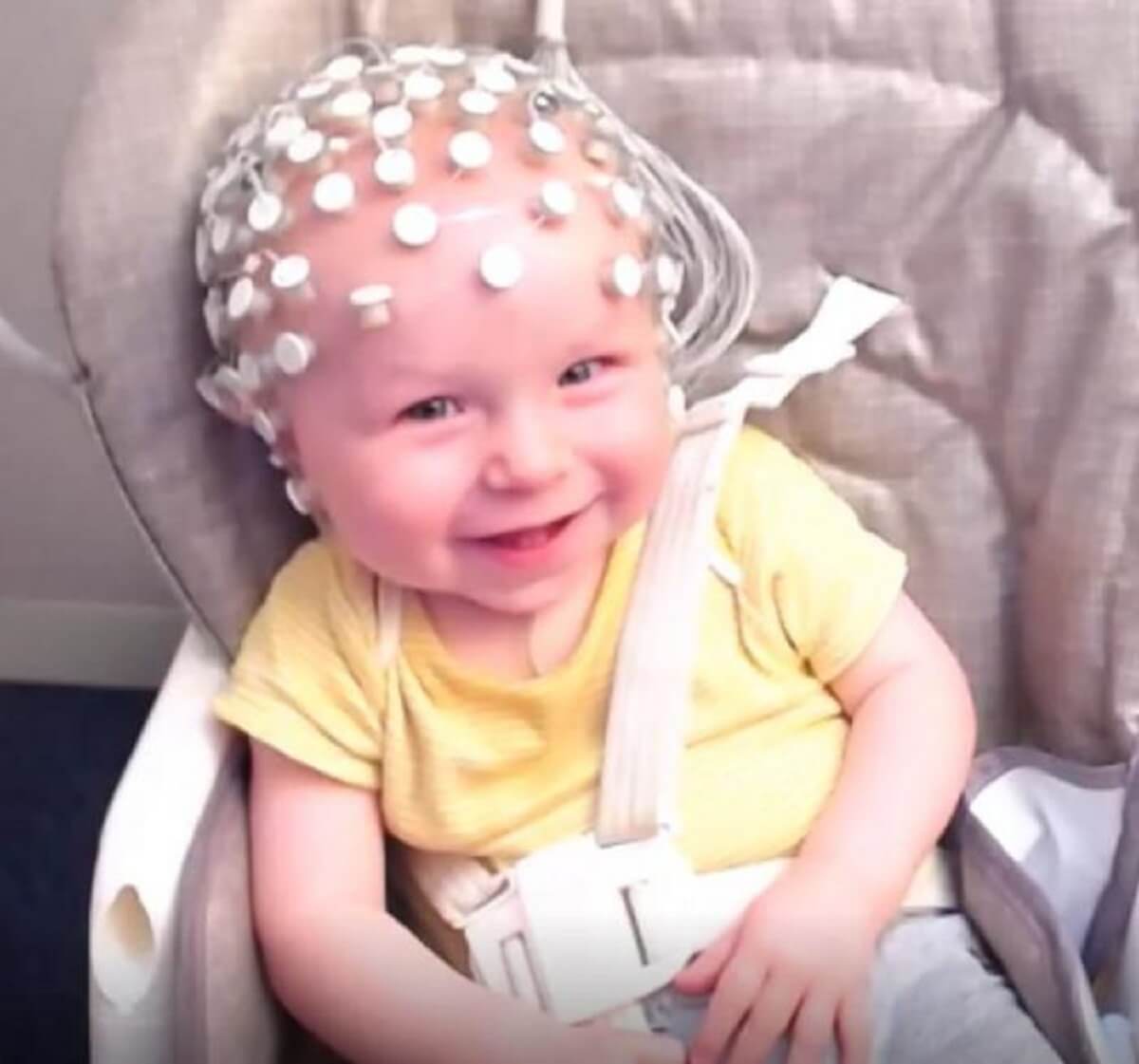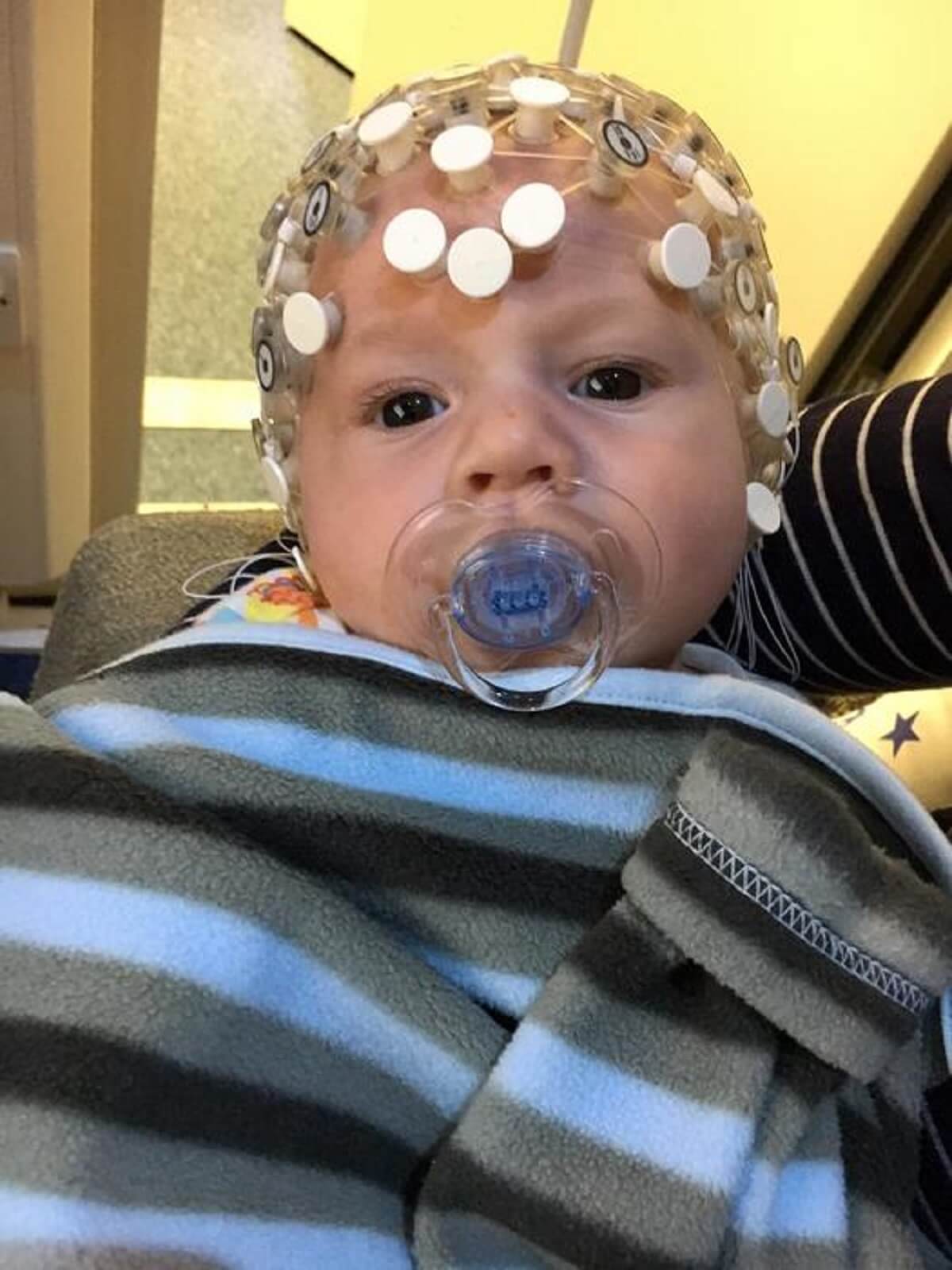CAMBRIDGE, United Kingdom — Speaking to babies in “sing-song” speech, such as nursery rhymes, is the most effective method for teaching them to talk, a new study suggests.
Traditionally, linguists have viewed phonetics – the smallest sound elements of speech, usually represented by the alphabet – as the cornerstone of language learning. It was believed that babies learn these phonetic elements and combine them to form words.
However, researchers from the University of Cambridge and Trinity College Dublin reveals that babies do not process phonetic information until around seven months-old and still struggle with it at about 11 months-old – around the age when they typically begin to speak their first words.
The study indicates that, in their early months, babies learn language primarily from rhythmic speech and patterns, with the emphasis on songs aiding them in identifying the start and end of individual words.
“Our research shows that the individual sounds of speech are not processed reliably until around seven months old, even though most infants can recognize familiar words like ‘bottle’ by this point. We believe therefore that speech rhythm information is the hidden glue underpinning the development of a well-functioning language system,” says Professor Usha Goswami, a neuroscientist at the University of Cambridge, in a media release.
“Infants can use rhythmic information like a scaffold or skeleton to add phonetic information on to. For example, they might learn that the rhythm pattern of English words is typically strong-weak, as in ‘daddy’ or ‘mummy,’ with the stress on the first syllable. They can use this rhythm pattern to guess where one word ends and another begins when listening to natural speech.”

In this study, researchers recorded brain activity patterns in 50 infants aged four, seven, and 11 months while watching a video of a teacher singing nursery rhymes. They then analyzed the brainwaves using a special algorithm to determine what information was being processed by the babies’ brains.
“This is the first evidence we have of how brain activity related to phonetic information changes over time in response to continuous speech,” notes Professor Giovanni Di Liberto, a cognitive and computer scientist at Trinity College Dublin.
Prior studies typically compared responses to nonsensical syllables like “bif” and “bof.” This study is part of the BabyRhythm project, led by Prof. Goswami, which explores how language is learned and its connection to dyslexia and developmental language disorder.
The researchers note that although phonetic problems have long been considered in explaining dyslexia and developmental language disorders, the evidence does not fully support this theory.

A related study in the BabyRhythm project found that rhythmic speech information processed by infants as young as two months-old can predict later language outcomes.
“Parents should talk and sing to their babies as much as possible or use infant directed speech like nursery rhymes because it will make a difference to language outcome,” Prof. Goswami adds.
The research received funding from the European Research Council under the European Union’s Horizon 2020 research and innovation program and Science Foundation Ireland.
The findings are published in the journal Nature Communications.
You might also be interested in:
- Rhyme & rinse: Study finds nursery songs can help kids learn proper hand hygiene
- Baby talk could help spot autism years before symptoms begin
- Baby talk may sound silly, but it’s crucial for building language skills
South West News Service writer Imogen Howse contributed to this report.

